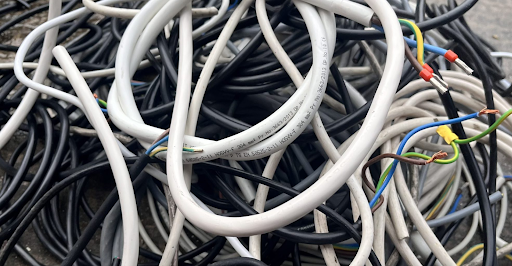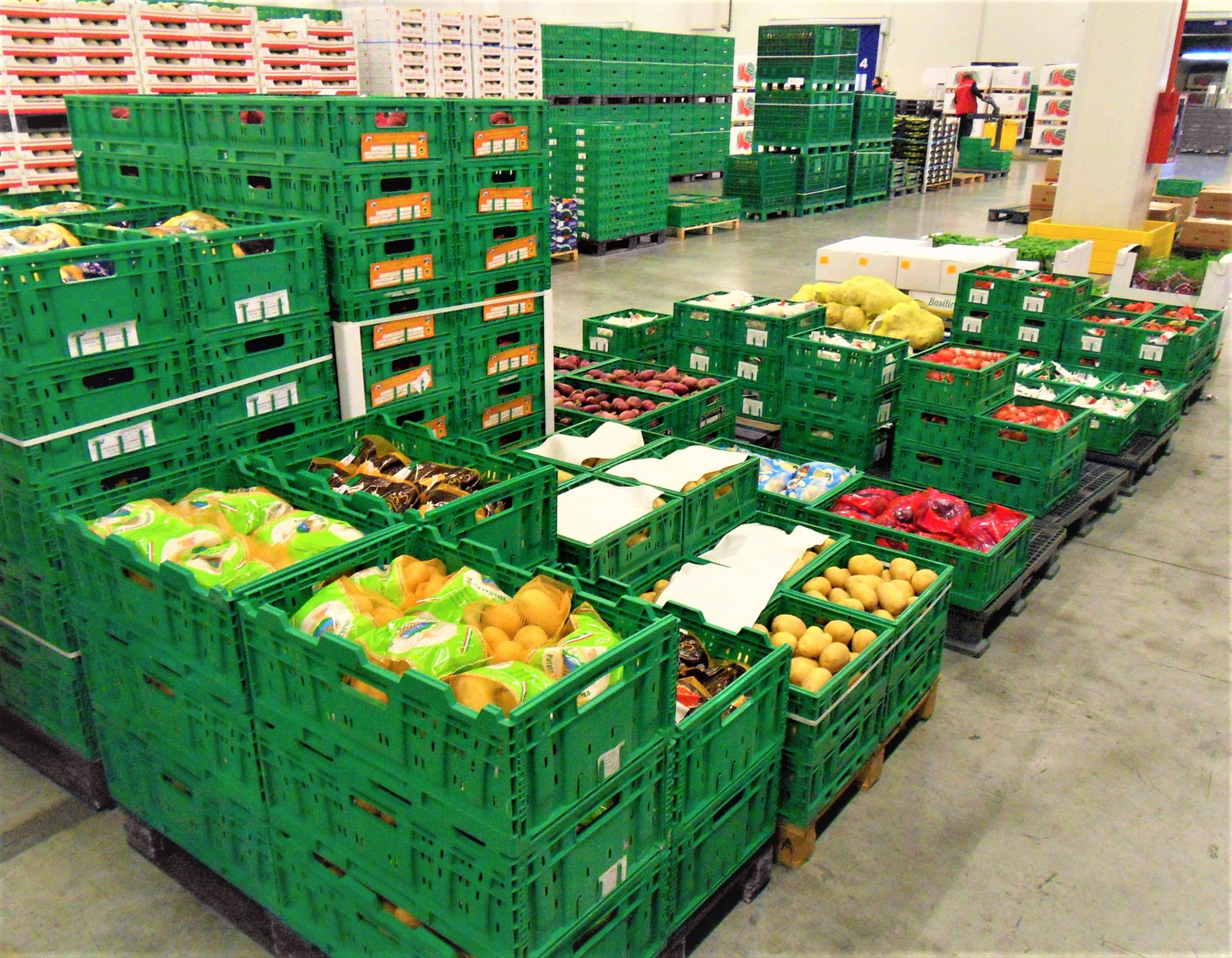
5 Environmental Benefits of Cable Recycling
Cable recycling has become an essential practice in today’s environmentally conscious world. As technology continues to evolve, the amount of electronic waste, including old cables, has increased significantly. People often throw away their old cables without considering the impact on the environment.
However, recycling cables can reduce harmful waste and conserve valuable resources. This article will explore five environmental benefits of recycling cables and why it is so important for the planet.
Reduces Pollution and Toxic Waste
One of the most significant environmental benefits of cable recycling is the reduction of pollution and toxic waste. Old cables contain materials such as copper, plastic, and other metals that, when disposed of improperly, can end up in landfills.
These materials take a long time to decompose and may release harmful substances into the soil and water. When cables are recycled properly, these dangerous materials are kept out of landfills, preventing pollution and protecting ecosystems.
Conserves Natural Resources
Recycling cables also helps conserve valuable natural resources. Cables contain metals like copper and aluminum, which are essential for a wide range of industries. Mining for these metals can be harmful to the environment because it often leads to habitat destruction, water pollution, and energy consumption.
By recycling old cables, we can reuse these metals instead of mining new ones, saving energy and reducing the environmental impact. This helps to ensure that resources are used more efficiently and reduces the need for destructive mining activities.
Reduces Energy Consumption
Cable recycling also contributes to energy conservation. The process of extracting raw materials from the earth, refining them, and manufacturing new products requires a significant amount of energy. Recycling old cables requires much less energy than producing new materials from scratch.
For example, recycling copper from cables uses about 85% less energy compared to mining new copper. By choosing to recycle cables, we can significantly reduce the amount of energy consumed in the production of new materials, leading to lower carbon emissions and a cleaner environment.
Decreases Greenhouse Gas Emissions
Recycling cables helps reduce the release of greenhouse gases into the atmosphere. When old cables are thrown away or incinerated, they can release harmful gases like carbon dioxide and methane. These gases contribute to climate change by trapping heat in the atmosphere.
Recycling cables, on the other hand, prevents the need for incineration and keeps harmful gases from being released. In addition, using less energy to recycle cables instead of producing new materials results in fewer greenhouse gas emissions overall, further helping to combat global warming.
Promotes Sustainable Practices
Lastly, cable recycling promotes sustainable practices and encourages a circular economy. In a circular economy, products and materials are reused, repaired, and recycled rather than being discarded.
Recycling cables helps support this concept by ensuring that valuable resources are not wasted and can be used for new products. This reduces the need for raw materials, lowers environmental impact, and encourages industries to adopt more sustainable practices.
Conclusion
Cable recycling is a simple yet powerful way to reduce environmental harm. It helps decrease pollution, conserve natural resources, save energy, reduce greenhouse gas emissions, and promote sustainable practices.
As the world faces growing environmental challenges, it is more important than ever to recycle cables and other electronics properly. By making this small change, we can all play a part in protecting the planet and ensuring a healthier, more sustainable future.





